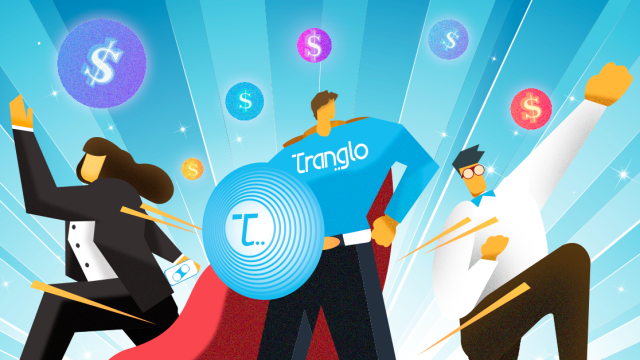The new normal of work, as the evidence seems to suggest, is digital-first. For the most part, we were always heading in this direction: repetitive tasks across all industries have been undergoing a slow but steady process of automation for years. People across the world have been getting online in huge numbers for decades. In 2023, smartphone and Internet penetration rates increased to 68% and 64%, respectively. Those numbers will only continue to rise.
Mind(shift) over matter
However, for all its importance and potential, digital revolution is not all rosy. Research by the Harvard Business Review Analytic Services in association with the Genpact Research Institute found that in 2019, only 34% of companies saw positive results from digital technologies.
That is not the sign of a digital revolution.
According to respondents to the Harvard survey, organisational and human error factors are holding companies back from reaping the full benefits of digital technologies. These range from outdated legacy systems that blend paper and digital systems, to siloed working environments.
However, it is hard to ignore the inherent buzziness of new technologies. As many as 76% of the respondents to the same survey say that digital technologies have helped them grow their market share. Many companies are thinking about how to incorporate emerging technologies into their existing systems, but the truth is that a fundamental mindset has to take place first.
“Digital transformation is first and foremost about a mindset shift,” says Dan Glessner, the Vice President of Genpact’s Digital division. “Without this shift, no amount of digital technology can successfully transform a company; with this mindset shift, significant business transformation, new client value creation, and sustainable competitive advantage is possible.”
It is not just that digital platforms tend to be faster, more accurate and far cheaper than paper-based processes. As we encounter new and unique challenges that threaten businesses, digital-first strategies are key for helping any company refocus on their core customer base.
Digital-first mindset to meet changing demands and needs
There are many things to take into consideration when shifting our fundamental understanding of how technologies can be embedded in our businesses. David Rogers, author of Digital Transformation Playbook: Rethink Your Business for the Digital Age, provides a useful rubric of key areas to consider: customers, competition, data, innovation and value.
One area that Rogers covers is the issue of data, which is rightly called the “new currency of digital business” (Read our article about big data). If any company wants to truly incorporate digital technologies into their systems, there has to be a change in how they think about data. Data isn’t just an expensive trove of numbers and facts. It’s valuable information that can help businesses figure out how to respond to their customers’ changing needs.
In fact, without data, creating innovative products will become very difficult. Legacy environments, where seniority and intuition determine decision-making, aren’t often seen as being on the cutting edge of innovation. The new digital-first businesses have made serious inroads in the markets of today, and are eating up precious market share.
In each of these areas, Rogers stresses the need to be flexible and dynamic when responding to a changing landscape and challenges. Businesses today have to move away from the old way of thinking of their audiences and competitors as unchanging entities. Customer relationships and the competitive landscape are always changing, and those changes demand response.
Many businesses are hearing the call. For example, Tranglo was created to challenge how remittance services could be offered. We recognised that many consumers in smartphone-forward Southeast Asia wanted a convenient way to send money home. That was why we created an innovative mobile remittance product that offered both online and offline remittance services, thus meeting different demands.
Creating value with a digital-first mindset
Customers want to be heard and companies have to be responsive to their needs. This responsiveness, coupled with digital technologies, then creates real value for the customers. Value is first and foremost determined by the customer. Digital technologies can create value-adds for customers of today, but only when there are strong foundations which centre the customer, data and innovation.
Businesses in the new digital-first world need to constantly think of what is the value-add for their customers and never take it as a given. And to create that value-add, executives have to completely overhaul how they think about what business is and how it can be done.







